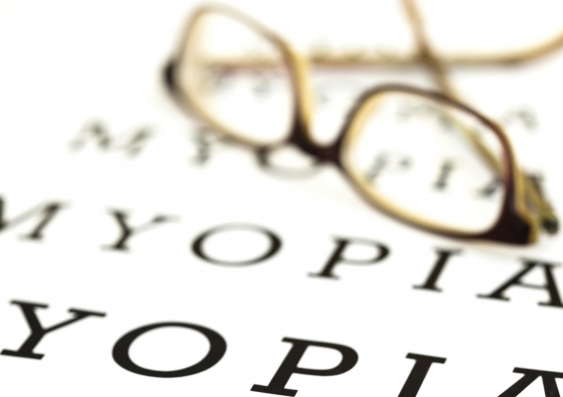New myopia clinic at UNSW
The public can take advantage of the latest evidence-based treatments for short-sightedness with the introduction of a new Myopic Control Clinic at UNSW.
The public can take advantage of the latest evidence-based treatments for short-sightedness with the introduction of a new Myopic Control Clinic at UNSW.

The public will have the opportunity to take advantage of the latest evidence-based treatments for short-sightedness with the introduction of a new Myopic Control Clinic at UNSW.
Short-sightedness or myopia is an eye condition where distant objects appear blurry. The condition is increasing dramatically around the world, particularly in Asia where it affects over 95% of the young adult population.
The UNSW School of Optometry and Vision Science has conducted research on causes and treatment of myopia, including the use of special contact lenses worn during sleep.
“When you develop short-sightedness, your eyes are more prone to conditions that cause blindness. Even people with mild short-sightedness can develop these problems,” says Pauline Kang, a Postdoctoral Research Fellow at the School. Myopia also affects children’s education and learning if it is not detected early.
The clinic will run on Wednesdays from 9.30am to 11.30am and will contribute to the learning experience for UNSW’s optometry students by providing hands-on experience of myopia and its treatment.
Clinic Director Kathleen Watt says patients will have comprehensive eye biometric data taken using the latest specialised equipment, which is not available in general optometry clinics.
“Treatment is tailored to individual patients and includes options such as atropine drops, orthokeratology, multifocal contact lenses, multifocal spectacles, and vision training,” she says.
“Myopia is a very complex condition. There are many different influences – genetics, environment, lifestyle – it’s hard to find one treatment that will work on everyone.”